For babies just starting solids, it's best to avoid sugar until at least one year of age. But that doesn't mean you can't make your little eater's food more interesting! Here are several ideas for sweetening and flavoring food for babies without sugar - and with more nutrition.

If you're using a baby led weaning approach, or if your little one is in the finger food stage, you've probably started to feed them foods like pancakes, toast fingers, and oatmeal - all foods that we typically top with some sort of sugary spread or syrup as adults. You may be tempted to add a little sweetener to your baby's plate, too. But don't pour on the syrup just yet! Sugar is not recommended for babies. Here's why - and what to do instead.
Jump to:
Can Babies Eat Sugar?
You're probably aware that sugar is a problem in developed countries like the US. According to the American Academy of Pediatrics, the average kid's diet is made up of 17% added sugar, putting kids at risk for health problems down the road. The best way to curb this is to reduce sugar is kids' diets - starting from the very beginning. In fact, the AAP (and myself as a registered dietitian) recommends holding off on any added sugar until kids are at least 2 years of age.
During the first two years of life, and certainly during the first year of exploring new tastes and textures through solid foods, baby's tastes and preferences are being shaped. We want to introduce a wide variety of nutritious foods in order to increase the amount healthy foods that baby will find acceptable as he grows and reduce picky eating. If we introduce sugar-sweetened foods too early, we're likely to shape baby's preference for sweet foods from the beginning.
With my first daughter, I was very strict about added sugar. I didn't let a single bit of added sugar in any form pass her lips until she tasted her smash cake on her first birthday. After that, I still didn't let her have sugar for the most part until age 2. So I understand that it is VERY difficult to avoid all sugar - even as a dietitian who prepares almost all meals from scratch! It gets even more difficult if baby has older siblings who get to eat sugar.
That said, I still recommend avoiding all added sugar until baby is at least one year of age. And even then, be very vigilant past baby's first birthday.

What About Natural Forms of Sugar?
Natural sources still count as added sugar. Even more natural forms of sugar will still influence baby's preference for sweet foods, so any added sugar - such as maple syrup or coconut sugar - should be off the table for babies.
Can Babies Have Honey?
Honey should definitely not be given to babies before age one due to the risk of botulism. Honey is a natural food, and it carries the risk of contamination with botulism spores. Botulism toxicity is a serious illness that adults' bodies can usually handle okay, buy infants' immune systems are not mature enough to fight it. Bottom line: be careful not to give baby any food with honey until after his first birthday.
How To Spot Added Sugar
You'll see added sugar on food labels in many forms in the ingredients list. Various names for added sugar, besides more obvious ones like cane sugar, honey, or maple syrup may include: corn syrup, high fructose corn syrup, fruit juice concentrates, malt sugar, molasses, brown rice syrup, evaporated cane juice, and ingredients ending in “-ose”, such as dextrose.
Hidden Sources of Sugar To Watch Out For
In many foods, added sugar is obvious. It usually shows up in flavored yogurts, sweetened fruit drinks, flavored oatmeal or cereal, and snack foods. But sometimes added sugar is not so obvious. Watch out for added sugar and sweeteners in other foods, such as:
- Bread
- Ketchup
- Pasta sauce
- Salad dressing
- Baked beans
- Packaged savory foods
- Cereals that don't taste super sweet
- Foods labeled sugar-free or reduced sugar (these often have artificial sweeteners, which are hyper-sweet and should also be avoided!)

Sugar-Free Sweetener and Flavoring Ideas For Baby Led Weaning
Avoiding added sugar doesn't mean we have to feed baby bland food! In fact, adding other spreads or flavorings to pancakes, oatmeal, and toast fingers is a great way to introduce a variety of new tastes to baby. They can also and add a little extra nutrition into everyday meals, and increase allergen exposure (which is a good thing). Here are some alternative ideas that you can use in place of sugary spreads like jelly, syrup, and sugar:
- Peanut butter or other nut butters - look for kinds made with just the nut and salt
- Plain Greek yogurt - swirl in a fruit puree or compote or sprinkle with cinnamon
- Plain cream cheese - make your own flavored cream cheese just like with yogurt
- Fruit compote - make a no sugar fruit compote easily for stirring into yogurt and oatmeal, or for topping toast
- Cinnamon - a sprinkle of cinnamon or other spices such as nutmeg or ginger is always delicious
- Applesauce or other fruit purees - unsweetened applesauce, prune puree, pear puree, or other fruit purees can be baked into muffins or stirred into plain yogurt
- Mashed banana - brown, mushy bananas are great for sweetening muffins, baked oatmeal, and just about anything else you can think of!
- Pumpkin - make a little no sugar pumpkin spice with canned pumpkin and pumpkin pie spice
- Mashed avocado
- Hummus - a more savory leaning spread, but delicious and available in a variety of flavors!
- Grass-fed butter - a dab of grass fed butter is a good source of fat for baby's high energy needs and brain development
- Pesto
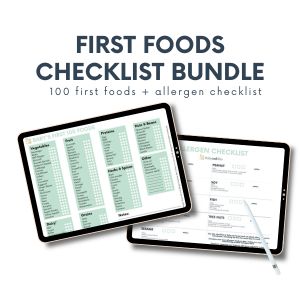

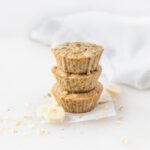
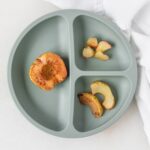
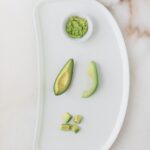
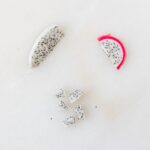
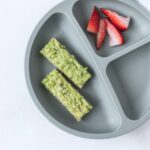
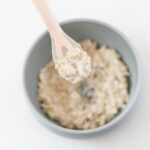

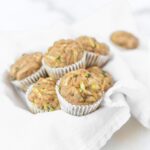

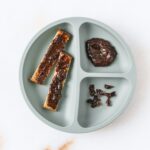
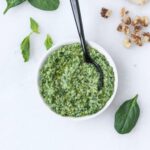
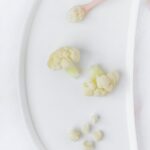
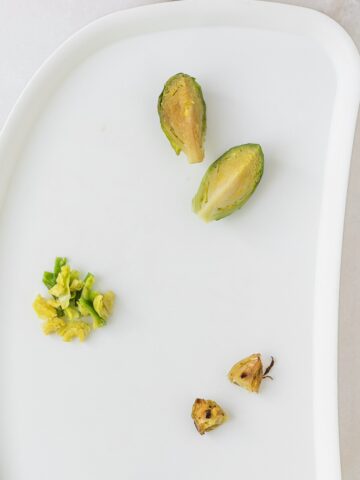
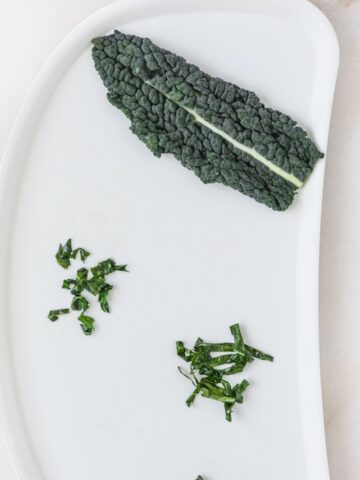
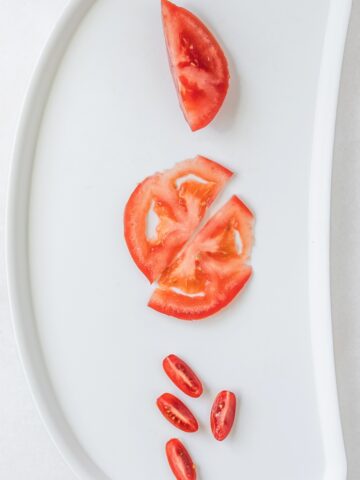
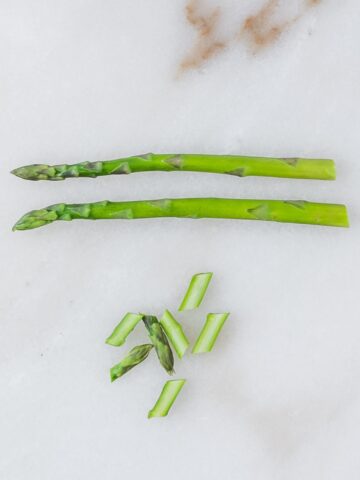
Leave a Reply